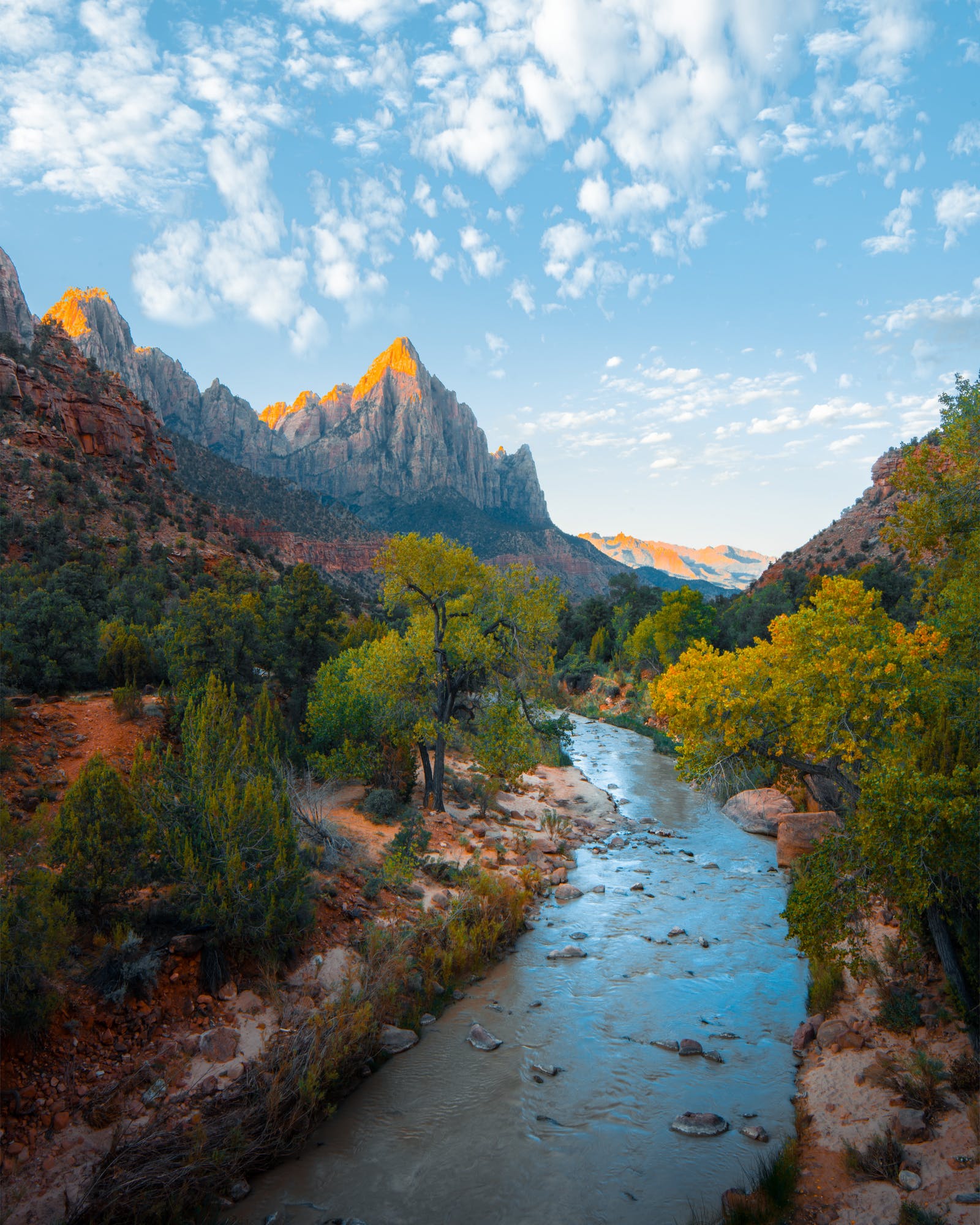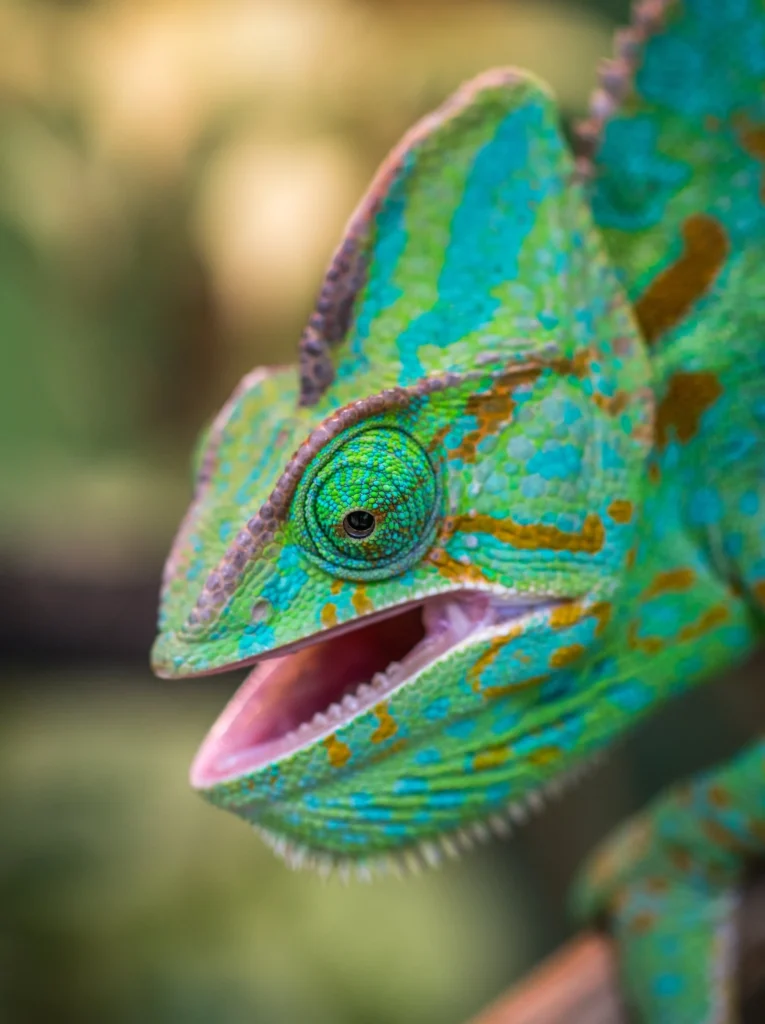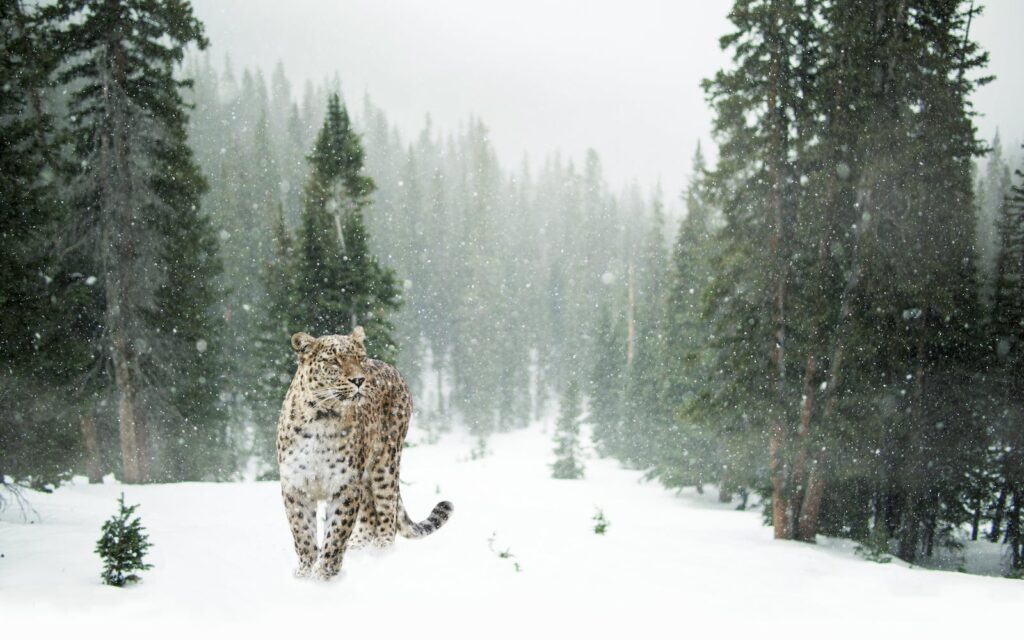
Mystic Animals
Fact about wilds
Introduction:
wild animals have much to teach us about the complexity and wonder of the natural world, From the fastest land animals to the most venomous creatures, the animal kingdom is full of remarkable species that have adapted to their environments in extraordinary ways.
Wild animals have always been a source of fascination and inspiration for humans, thanks to their incredible beauty, strength, and unique abilities. Some animals have developed incredible physical abilities, such as cheetahs’ speed and elephants’ strength, while others have evolved sophisticated social behaviors and communication systems, like dolphins and elephants. Still, others have developed unique adaptations for survival, such as octopuses’ camouflage and poison dart frogs’ toxic skin. Whether we admire them for their beauty, respect them for their strength, or study them for their unique abilities
wild animals that have unique abilities:
1. Humpback whales: These massive creatures have the ability to sing complex songs that can last for hours, and they use these songs to communicate with other whales and attract mates.
They are known for their long, haunting songs, which are sung by males during the breeding season. Humpback whales are also known for their acrobatic behavior, including breaching, tail slapping, and spy hopping. Humpback whales can grow up to 50 feet in length and can weigh as much as 40 tons.
Humpback whales are migratory and can travel up to 16,000 miles in a single year, between their breeding and feeding grounds. They feed primarily on krill and small fish, using their baleen plates to filter their prey from the water. Today, humpback whales are protected by law and their populations have begun to recover in many parts of the world. However, they still face threats from entanglement in fishing gear, pollution, climate change, and habitat loss. Conservation efforts for humpback whales include protecting their habitats, reducing pollution, and regulating human activities that may disturb or harm these majestic creatures.
These are some pictures are humpback whale:


2. Poison dart frogs: These brightly colored frogs produce powerful toxins that make them one of the most poisonous animals in the world, and they use these toxins as a defense mechanism against predators. There are over 170 different species of poison dart frogs, ranging in size from less than an inch to several inches in length. Their bright colors serve as a warning to potential predators that they are toxic, and they are able to secrete their toxins through their skin.
Despite their toxicity, poison dart frogs are not naturally poisonous. The toxins in their skin are derived from their diet, which consists primarily of ants and other small invertebrates that contain toxins that the frogs are able to store in their skin.
These are some pictures of Dart frog:




3. Duckbilled platypus: They have electroreceptors in their bills, which allows them to detect the electrical impulses given off by prey in the water. They are unique mammal that is native to eastern Australia. It is one of the few mammals that lay eggs instead of giving birth to live young, and it is also one of the only mammals that has a bill like a duck.
The platypus is about the size of a small cat, with a brown, waterproof fur that helps it stay warm in the water. Despite its odd appearance, the platypus is a skilled and agile swimmer. It is also an important part of the Australian ecosystem and is protected by law in Australia.



4. Chameleons – They can change their skin color to blend in with their surroundings, which helps them to hide from predators and hunt prey. One of the most distinctive features of chameleons is their long, sticky tongue, which they use to catch insects and other small prey. Their eyes can also move independently of each other, allowing them to scan their surroundings for prey and predators.
In addition to their ability to change color, chameleons also have other ways of communicating with each other and their environment. They may puff up their body to appear larger or to intimidate rivals, or they may sway back and forth to signal submission. While chameleons are fascinating creatures, they are also threatened by habitat loss and other factors. Some species are endangered or at risk of extinction, so it’s important to protect these unique animals and their habitats.



5. Peregrine falcon:
One of the most impressive abilities of the peregrine falcon is its speed. They are the fastest bird in the world, capable of diving at speeds of up to 240 miles per hour. This incredible speed allows them to catch prey in mid-air, often by striking them with their talons.
Peregrine falcons are also known for their acrobatic flight patterns, which include steep dives, high-speed chases, and sudden changes in direction. They are able to perform these maneuvers thanks to their powerful wings, which can flap up to 70 times per second.
The peregrine falcon is a majestic bird of prey found all over the world, except for Antarctica. They are known for their incredible speed and agility, as well as their ability to hunt birds in mid-air. Peregrine falcons are about the size of a crow, with a wingspan of up to 3.5 feet. They have sharp talons and a hooked beak, which they use to catch and kill their prey. Their eyesight is also exceptional, allowing them to spot prey from great distances.


6. Octopus: Octopuses are highly intelligent creatures with complex behaviors and abilities. They have the ability to change their color and texture to blend in with their surroundings, and can even mimic other animals or objects to avoid predators or capture prey. They are also capable of problem-solving, learning through observation, and exhibiting individual personalities.
Octopuses are solitary animals that are known to be active at night. They feed on a variety of prey, including crabs, shrimp, and fish, which they capture using their tentacles and beak-like mouth. While they are not typically aggressive towards humans, they can be dangerous if provoked or threatened, and their venomous bite can be painful and potentially leth
7. Pangoline:
Pangolins are unique, scaly mammals that are found in Asia and Africa. There are eight different species of pangolins, four in Asia and four in Africa. They are covered in hard, overlapping scales made of keratin, which is the same material that makes up human fingernails and hair. Pangolins are the only mammal in the world that is fully covered in scales.
Unfortunately, pangolins are one of the most trafficked animals in the world, primarily due to the high demand for their scales and meat in traditional Asian medicine and for their scales as a luxury item. All eight species of pangolins are listed as either endangered or critically endangered by the International Union for Conservation of Nature (IUCN).



8. Amur leopards:
Amur leopards are smaller and lighter than other leopard subspecies, with a pale yellow coat and distinctive black spots. They are adapted to living in cold climates, with long, dense fur that helps keep them warm in the harsh winters of their range. They are primarily nocturnal and feed on a variety of prey, including deer, wild boar, and small mammals.
The Amur leopard, also known as the Far Eastern leopard, is a critically endangered big cat that is found only in the Russian Far East and Northeast China. It is one of the rarest big cats in the world, with an estimated population of less than 100 individuals in the wild. The main threats facing Amur leopards are habitat loss, poaching, and human-wildlife conflict. The destruction of their forest habitat for timber and agricultural development has reduced their range and fragmented their populations. Poaching for their fur, bones, and other body parts remains a significant threat, driven by the demand for these products in traditional Chinese medicine and as luxury items.


9. Salamanders:
Salamanders are a diverse group of amphibians that are found in a variety of habitats around the world, including ponds, streams, forests, and caves. There are more than 700 different species of salamanders, ranging in size from less than an inch to over five feet in length. Many species have the ability to regenerate lost limbs, and some can even regenerate other body parts, such as their tail, spinal cord, and eyes.
They are ectothermic, which means they rely on the environment to regulate their body temperature. Despite their ecological importance, many salamander species are facing threats from habitat loss, pollution, and disease. Some species are also threatened by collection for the pet trade or for use in traditional medicine.


10. Anteater:
Anteaters have a unique tongue that can extend up to two feet in length and is covered in sticky saliva, allowing them to capture large numbers of insects with each lick. They also have powerful claws that they use to tear into termite mounds and ant nests. Anteaters are solitary animals and are primarily active at night. They are also excellent swimmers and are known to use bodies of water to escape predators or travel to new foraging areas.
They are known for their long snouts, which they use to hunt for ants and termites. There are four different species of anteaters, including the giant anteater, which is the largest species and can reach up to 7 feet in length. found in Central and South America.

